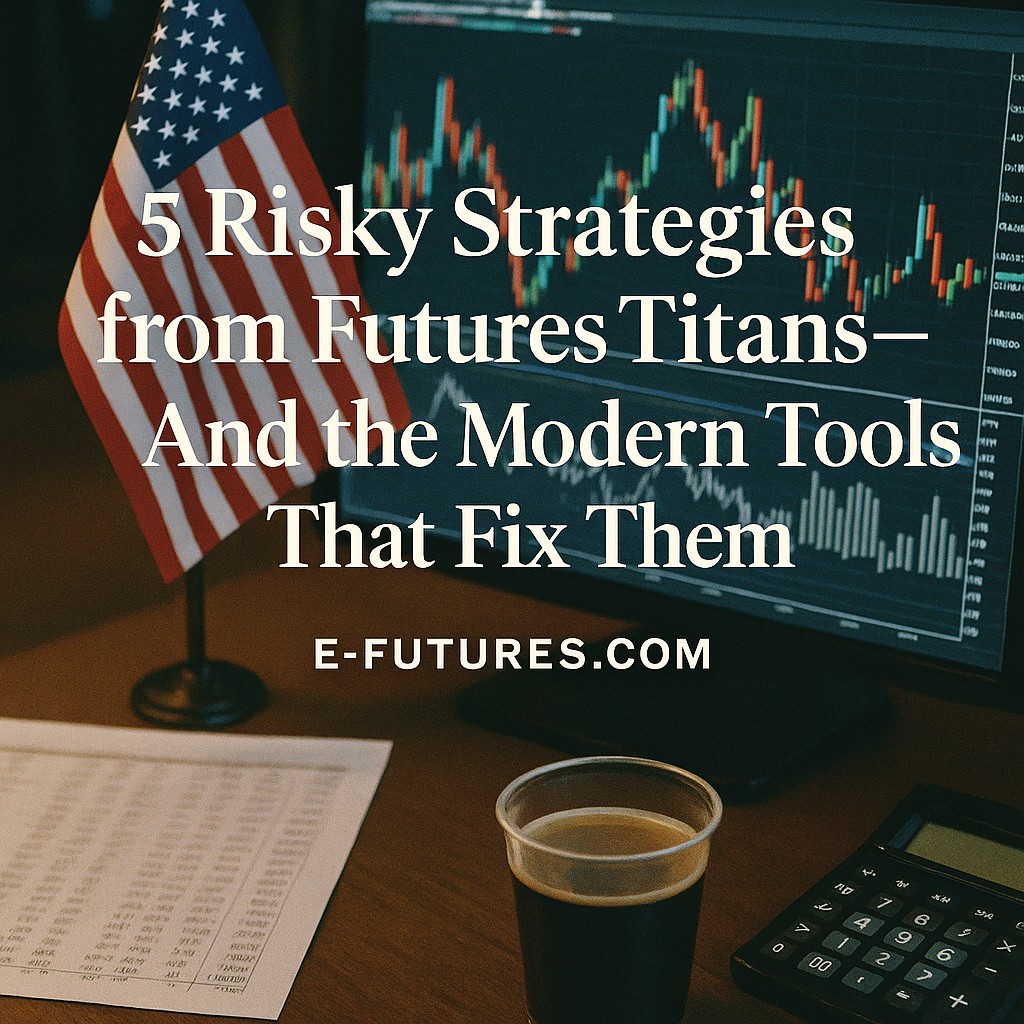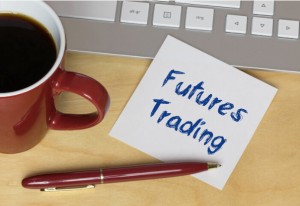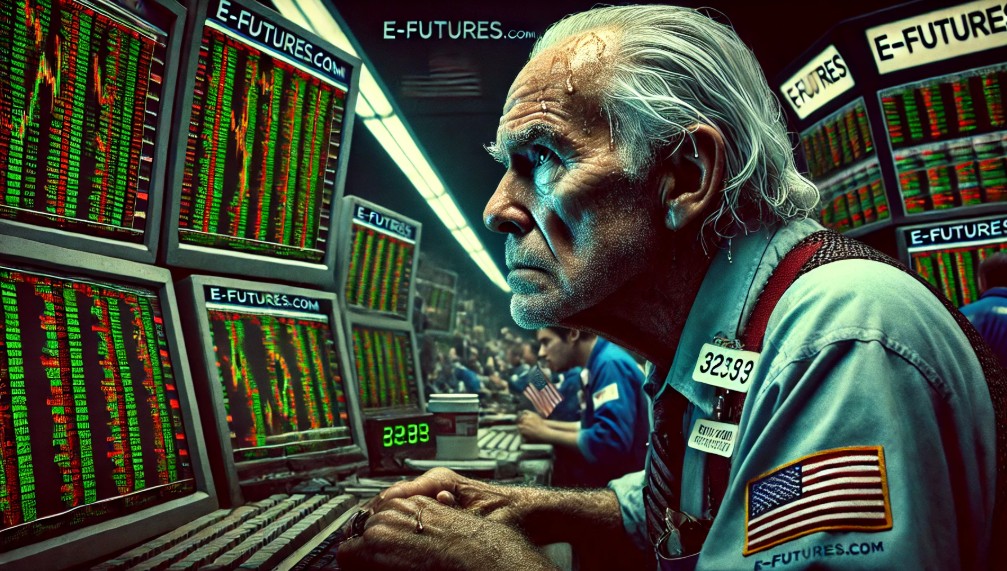In the ever-evolving landscape of financial markets, futures trading stands out as one of the most dynamic and essential components of global commerce. At the heart of this intricate system lie the institutions and individuals who have shaped its path—the best futures brokers in history. These pioneers have laid the groundwork for modern innovations, establishing the foundation upon which today’s traders operate. As retail and institutional investors search for the best online futures broker, understanding historical precedence is crucial for assessing who truly stands at the pinnacle today.
This paper explores five of the most influential futures brokers in world history, examines their enduring impact, and correlates their strategic frameworks with current market realities. It also evaluates the modern-day platform E-Futures.com, detailing how it embodies the values and strategies that made these brokers legendary. Lastly, this analysis includes a risk assessment of applying these legacy strategies in today’s markets, considering the evolution of technology, regulation, and global accessibility.
Historical Titans of Futures Trading
Benjamin Hutchinson (Chicago Board of Trade Pioneer)
Biography: Benjamin Hutchinson, often referred to as the “Wheat King,” was one of the earliest influential figures in the Chicago Board of Trade (CBOT), founded in 1848. Hutchinson made his mark by cornering the wheat market in the 1880s, creating artificial shortages and driving prices to unprecedented levels. Known for his fierce speculation and aggressive trading tactics, he rose to notoriety for manipulating supply chains and exploiting weaknesses in regulatory structures.
Impact: Hutchinson’s market maneuvers highlighted the dangers of unregulated speculation, eventually leading to calls for standardized futures contracts and exchange oversight. The resulting evolution laid the groundwork for modern exchange rules. His legacy influences the structure and governance of today’s best futures broker platforms, which emphasize transparency, fairness, and integrity in futures trading. Though his actions were controversial, they sparked critical discussions about ethics and regulation in trading futures.
Richard Dennis (The Turtle Trader Architect)
Biography: Richard Dennis was a self-made millionaire who began his futures trading journey in the 1970s with a small loan of $1,600. He amassed a fortune exceeding $200 million through disciplined speculation in commodities markets. Dennis co-developed the famed Turtle Trading experiment with William Eckhardt, where he trained a group of novices to follow a systematic set of trading rules. The experiment proved that successful futures trading could be taught and systematized.
Impact: Dennis’ systematic approach transformed futures trading by demonstrating the effectiveness of rule-based strategies over intuition-based decisions. His philosophy laid the foundation for algorithmic trading and technical analysis. Many of today’s best online futures brokers provide tools and platforms to support this structured trading methodology, including strategy backtesting, technical indicators, and risk analytics. Dennis’ legacy continues to inspire traders to adopt objective, repeatable trading systems that reduce emotional decision-making.
Leo Melamed (Father of Financial Futures)
Biography: Leo Melamed is one of the most transformative figures in modern futures trading. As Chairman of the Chicago Mercantile Exchange (CME) during the 1970s, Melamed was instrumental in introducing financial futures—contracts based on foreign currencies, interest rates, and stock indices. His vision expanded the scope of futures markets beyond agricultural commodities to encompass the entire spectrum of financial instruments.
Impact: Melamed’s innovations revolutionized futures trading by opening doors for hedgers and speculators across diverse industries. Today, the best futures brokers offer access to a broad array of financial futures, including interest rate derivatives, currency futures, and equity index contracts. Melamed also pioneered electronic trading through the Globex system, a critical step in democratizing access to global markets. His work directly shaped the framework of today’s best online futures brokers, enabling traders to manage financial risk with precision.
Hyman Rothstein (London Commodity Futures Tycoon)
Biography: Hyman Rothstein was a British financier and a key architect in the evolution of commodity futures markets in London during the early 20th century. He was instrumental in developing the London Commodity Exchange (LCE), creating a centralized hub for global trade in metals, coffee, cocoa, and other soft commodities. Rothstein’s initiatives were foundational in establishing London as a major futures trading center.
Impact: Rothstein’s work emphasized the importance of international market integration and standardization. He introduced clearinghouse mechanisms and promoted cross-border trading agreements, helping to globalize futures trading. His influence is reflected in today’s best online futures broker platforms, which offer seamless access to exchanges around the world. The global reach, competitive spreads, and multi-asset offerings seen today owe much to Rothstein’s groundbreaking vision.
John L. Merriman (Technological Innovator in Futures Markets)
Biography: John L. Merriman served as a technology officer and executive at the Chicago Board of Trade during a time when digital transformation was taking root in financial markets. Merriman championed the development of the Globex electronic trading system, a collaboration between CBOT and Reuters that marked the birth of electronic futures trading.
Impact: Merriman’s efforts revolutionized the mechanics of trading futures, transitioning from open outcry to fully digital interfaces. This leap significantly improved execution speed, transparency, and global accessibility. His technological vision lives on in the best futures brokers, whose platforms are powered by sophisticated charting, automation, and 24/7 connectivity. Without Merriman’s foresight, today’s seamless mobile and desktop futures trading would not be possible.
Legacy Strategies: Relevance and Risk in the Modern Era
Market Cornering and Speculation (Hutchinson’s Style)
Modern Application: While cornering markets is now illegal under global regulatory frameworks, the core strategy of analyzing supply constraints and positioning accordingly remains relevant. Traders today still profit from understanding seasonal patterns, geopolitical disruptions, and global inventories.
Risk Assessment: Replicating Hutchinson’s approach is fraught with risk in today’s regulatory environment. Modern futures trading involves strict margin requirements, position limits, and oversight. Overleveraging or attempting to manipulate prices could lead to severe penalties. Best futures brokers today mitigate this risk through compliance tools, real-time alerts, and forced liquidation mechanisms.
Systematic Rule-Based Trading (Dennis’ Model)
Modern Application: Many modern traders follow algorithmic or rules-based strategies derived from Dennis’ teachings. Platforms now offer plug-and-play strategy builders, AI-enhanced models, and machine learning applications for pattern recognition.
Risk Assessment: Overfitting to historical data and reliance on faulty algorithms can result in unexpected losses. However, the best online futures brokers equip traders with backtesting environments, demo accounts, and educational resources to refine strategies and manage expectations.
Diversified Asset Exposure (Melamed’s Vision)
Modern Application: The concept of hedging and diversifying using financial futures is a staple of portfolio management. Traders use interest rate futures to hedge bond positions, currency futures to manage forex risk, and index futures for equity exposure.
Risk Assessment: While diversification typically reduces risk, it can also amplify correlated downturns in systemic events. Using tools provided by best futures brokers, such as correlation matrices and position simulators, can help mitigate this.
Global Market Access (Rothstein’s Contribution)
Modern Application: Today, traders expect access to exchanges like CME, Eurex, SGX, and ICE from a single platform. Multi-currency funding, regional market data, and multilingual support are standard features in the best online futures broker offerings.
Risk Assessment: Risks include foreign exchange fluctuations, geopolitical events, and varied tax regimes. Advanced platforms help manage these risks through hedging instruments and customizable dashboards.
Technological Sophistication (Merriman’s Digital Leap)
Modern Application: Real-time trading, mobile apps, and cloud-based analytics are now essential tools. Traders employ AI bots, latency-sensitive trading systems, and API integrations to gain competitive advantages.
Risk Assessment: The reliance on technology introduces risks like platform outages, cybersecurity breaches, and data latency. The best futures brokers counter these with robust infrastructure, frequent audits, and cybersecurity protocols.
E-Futures.com: The Modern Standard-Bearer
Heritage and Trust
E-Futures.com boasts decades of experience in the futures industry, making it one of the most seasoned names among the best futures brokers. This long-standing presence signals stability, deep institutional knowledge, and an unwavering commitment to client success. The firm has earned 5 out of 5-star ratings on TrustPilot, underscoring exceptional service, reliability, and platform performance. For both retail and institutional clients searching for the best online futures broker, such credibility is a major differentiator.
Regulatory Excellence
E-Futures.com operates under the regulatory oversight of the National Futures Association (NFA) and the Commodity Futures Trading Commission (CFTC). Its exceptional regulatory reputation is a testament to its ethical practices, transparency, and adherence to investor protection norms. This firm sets a gold standard for what constitutes a best futures broker, ensuring clients can trade with confidence and peace of mind.
CannonX Platform: Innovation Meets Utility
The firm’s flagship, CannonX, is a FREE trading platform that blends power with simplicity. Featuring advanced charting tools, one-click execution, multi-asset screening, and real-time analytics, CannonX rivals any institutional-grade interface. Designed with user experience in mind, it supports strategy deployment, portfolio management, and automated trading. In spirit and execution, CannonX is the modern embodiment of Merriman’s technological revolution in futures trading.
Strategic Accessibility
E-Futures.com provides comprehensive access to global markets, including CME, NYMEX, COMEX, ICE, and more. By facilitating round-the-clock trading, it realizes Rothstein’s dream of globally integrated commodity and financial markets. As the best online futures broker, it empowers users with access, liquidity, and efficiency across time zones.
Systematic Trading Compatibility
CannonX is fully compatible with rule-based strategies, offering modules for algorithm development, signal generation, and trade automation. These features are a direct tribute to Dennis’ legacy, allowing users to adopt and test structured approaches to futures trading. Whether you’re a seasoned quant or a beginner, E-Futures.com supports your journey with tools, education, and expert support.
The evolution of futures trading is inextricably tied to the visionaries who laid its foundation. From Hutchinson’s aggressive speculation to Merriman’s digital platforms, the influence of these five pioneers is evident in every trade executed today. Their groundbreaking contributions laid the bedrock upon which today’s best futures brokers operate, ensuring accessibility, stability, and growth for traders worldwide.
In this continuum, E-Futures.com stands out as a torchbearer of legacy and innovation. With top-tier client ratings, a solid regulatory standing, and a technologically superior platform in CannonX, it embodies the ideals that define the best futures broker. Its commitment to providing access, innovation, education, and reliability makes it a clear choice for those pursuing excellence in futures trading.
Whether you are a novice trader or an experienced investor, choosing the best online futures broker is a critical decision. E-Futures.com offers a blend of historical wisdom and cutting-edge capabilities—a rare combination that earns it a place among the elite in trading futures.
To open an account with E-Futures.com, please click here.
Ready to start trading futures? Call US 1(800)454-9572 – Int’l (310)859-9572email info@cannontrading.com and speak to one of our experienced, Series-3 licensed futures brokers and start your futures trading journey with E-Futures.com today.
Disclaimer – Trading Futures, Options on Futures, and retail off-exchange foreign currency transactions involves substantial risk of loss and is not suitable for all investors. Past performance is not indicative of future results. You should carefully consider whether trading is suitable for you in light of your circumstances, knowledge, and financial resources. You may lose all or more of your initial investment. Opinions, market data, and recommendations are subject to change at any time.
Important: Trading commodity futures and options involves a substantial risk of loss. The recommendations contained in this writing are of opinion only and do not guarantee any profits. This writing is for educational purposes. Past performances are not necessarily indicative of future results.
**This article has been generated with the help of AI Technology. It has been modified from the original draft for accuracy and compliance.
***@cannontrading on all socials








